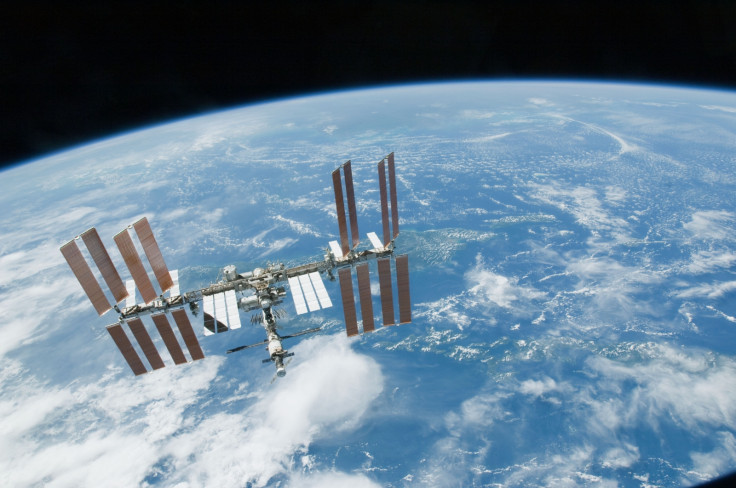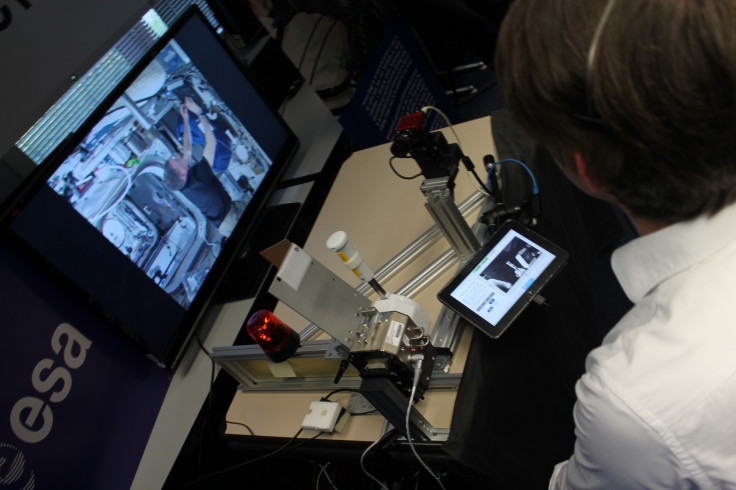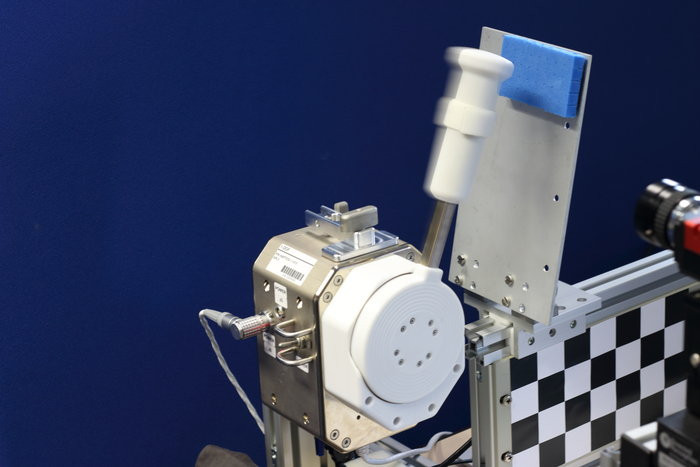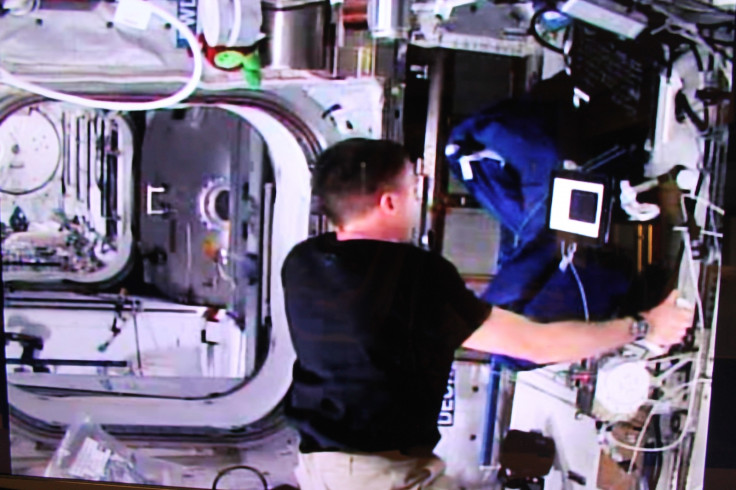Telerobotics joystick enables astronaut in space to feel a handshake from Earth

A Nasa astronaut on the International Space Station has been able to shake hands with a European Space Agency (ESA) scientist 5,000 miles (8,046km) away on Earth using remote-controlled telerobotics technology.
ESA telerobotics specialist André Schiele in the Netherlands has been working on a communications technology that enables humans to "feel" objects, even if they are located a great distance away.
At the moment, humans are not yet able to land on Mars, and the rovers we use at the moment on Mars are tedious to control as it takes 12 minutes for each command to travel from Earth to the red planet.
Instead, ESA envisions being able to keep astronauts in spacecraft orbiting planets like Mars, while they remotely control robots on the planet's surface hundreds of thousands of feet below.
Using haptic pressure to send sensations into space

To this end, Schiele and his colleagues have been testing out a system that aims to convert haptic pressure into a signal and then send that signal from one joystick to another one at another location, which then makes the other joystick exactly replicate the motion that the first joystick made.
Schiele was able to demonstrate that this could work with a signal sent from the ground on Earth up to where Nasa astronaut Terry Virts was on the International Space Station (ISS).

"The system worked even though the Space Station was flying over 5,000 km away," said Schiele. "It felt as though Terry was extending his arm down from space to shake my hand."
In addition to the joystick Virts was using on the ISS, he also had a monitor showing real-time video streaming from the lab on Earth in the Netherlands.
The software also provided augmented reality, showing him on the screen with an arrow how much force and what exact direction he should move the joystick in.
Telerobotics could be used in disaster areas and nuclear reactors

The ESA says that the software behind the telerobotics system has taken years of work to programme and perfect. Next, the agency will look to do "blind tests", whereby astronauts on the ISS will have to see if they can differentiate different objects when they are picked up in the lab on Earth.
The ESA plans to use different objects made from foam for the tests, to see whether the astronauts can differentiate varying degrees of stiffness remotely from the haptic pressure signal their joystick receives.
The signal generated by the telerobotics system is suitable to be transferred over mobile networks, and this also means that the system will work even in remote areas or in disaster zones when other communication networks are down, so the system could be used to remotely-control robots at nuclear reactors, in offshore drilling and to provide aid after natural disasters.
© Copyright IBTimes 2025. All rights reserved.





















